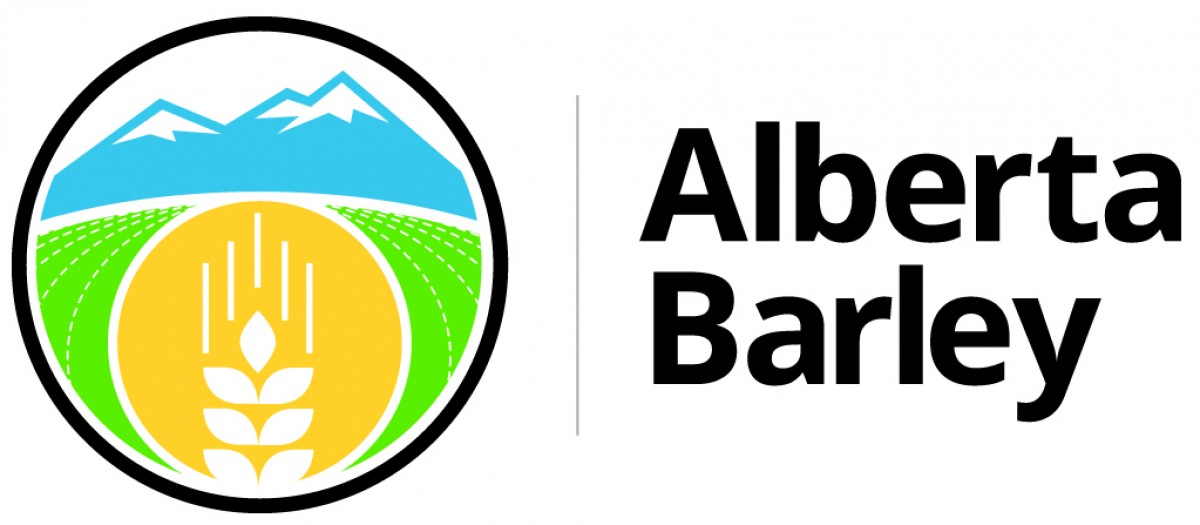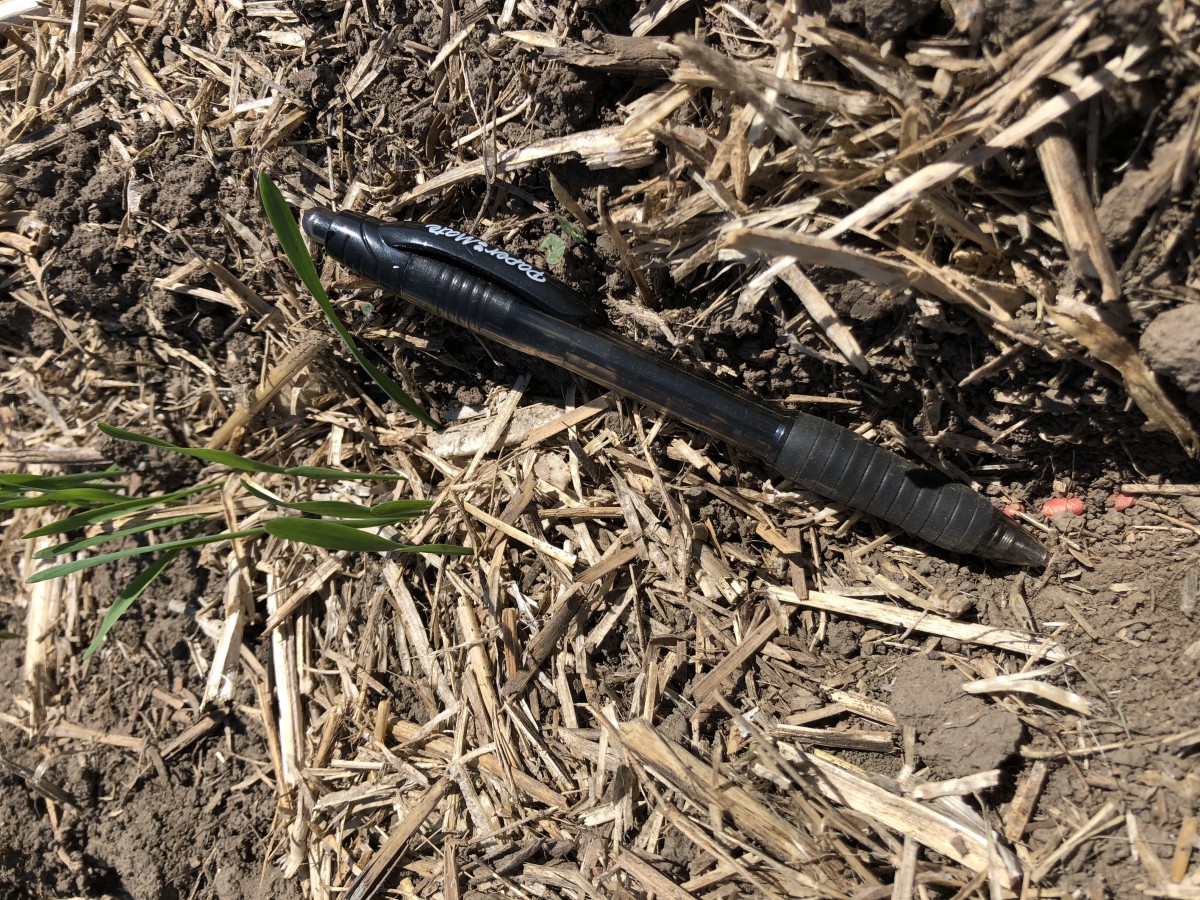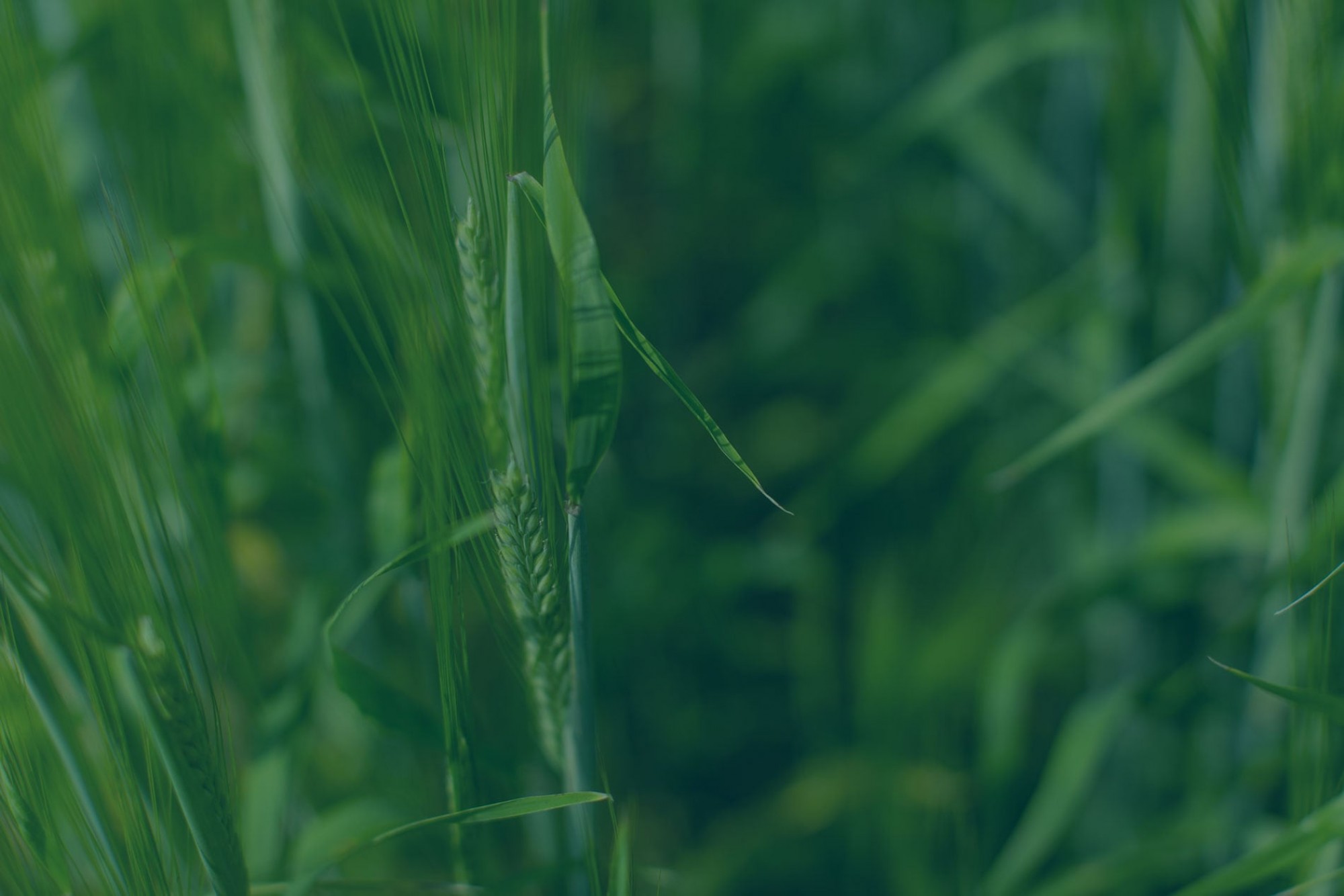Seeding wheat and barley into dry soils





A special collaboration between Alberta Wheat Commission, Alberta Barley, Saskatchewan Wheat Development Commission, Saskatchewan Barley Development Commission, Manitoba Crop Alliance.
In the Prairies, seeding into dry soils is inevitable in some years. These dry seeding conditions require careful seeding best management practices to help reduce risk. However, many of these considerations rely on eventual rainfall, so not all risks can be mitigated. Additionally, not all considerations fit on each farm. Assessing the practicality of each potential management practice, on your farm, will help you make the best decision.
In general, the main concern with seeding into dry soils is emergence. Lack of, or variable moisture, can lead to uneven emergence. Uneven emergence leads to variable crop development throughout the field, lower yield potential, more weed issues, less than ideal timed in-crop management, and harvest challenges leading to lower quality grain. This article will address minimizing the potential of variable crop germination and emergence.
It should be noted that bumper crops are no less likely when seeding into dry soils as compared to seeding into moist soils (assuming even emergence). After consistent germination and emergence, it is the rainfall and available soil moisture during the rest of the plant's growth that will impact the final yield. Therefore, the main goal of seeding into dry soils is to provide the best opportunity for even germination.
There are three scenarios to approach seeding wheat and barley into dry soils.
- Scenario 1: Seed at normal depth (1-2”) into dry soils and wait for rain
- Scenario 2: Seed deep (>2”) to reach soil moisture
- Scenario 3: Wait for the rain, then seed at normal depth
Scenario 3 is typically the least desirable. Although waiting for rain can help ensure that you have a greater chance of seeding into moisture, there are risks involved with waiting. First, when rain does arrive, it may continue to rain and delay seeding or limit field access and passability. The next risk is yield reduction due to delayed seeding. Research by Mckenzie et al. (2011) compared seeding dates of various crops including CWRS wheat, durum, SWS wheat, CPS wheat, feed barley, triticale, malt barley, barley silage, canola, and flax. Research indicated a downward trend of 0.6 to 1.7 percent yield loss per day after April 30th. This yield loss is due to less solar radiation being received by the crop, less tillering, increased disease pressure, and increased maximum temperatures at flowering. Additionally, O'Donovan et al. (2012) indicated that delayed seeding of malt barley can reduce kernel plump while increasing protein. Finally, Collier et al. (2021) indicated that seeding CWRS wheat at 2-6°C provided the greatest yield and yield stability when combined with high seeding rates and dual seed treatments. Therefore, having the seed already in the soil when rain does occur allows the crop to emerge earlier than if seeding is delayed until after rain has already occurred.
Scenario 1 and 2 are the more common approaches to seeding in dry conditions. Deciding between the two requires careful consideration of current soil moisture depth. Although recent research on seeding depth is few and far between, there are some assumptions we can make. These assumptions are that deeper seeded cereals require more energy and time to emerge. This presents a few problems. First, increased risk of the seed running out of energy or reaching the soil surface with low energy reserves. This increases the risk of seed and seedling death. Additionally, there is an increased chance of disease or pests killing or otherwise negatively affecting the seeds before emergence. Duzek and Piening (1982) investigated the effects of deep seeding vs intermediate vs shallow seeding in spring barley. In most years, deeper sown seed lots proved to yield less. However, in drier years, deeper sown seed yielded higher. Earlier emergence of the deeper sown seed lots due to moisture access was the likely cause of higher yields. However, the higher amounts of tillage used in this study likely increased the depth that soil moisture could be found. This demonstrates the relationship between seeding depth and emergence timing. Gan and Stobbe (1995) also looked at varying seed depths on the emergence and yield of spring wheat. Their results indicated that the highest yields were found at shallow seeding depths. One can anticipate a reduced level of crop competition with weeds if emergence is delayed (Lafond and Harker, 2011). Knowing that delayed emergence can arise from seeding shallow in dry soil or from seeding too deep, addressing current soil moisture is a vital step before seeding. If targeting deeper seeding, using increased seeding rates and seed treatment is recommended. This will be especially important in fields that do not have extended rotations. Fields with short rotation are more likely to harbour seeding diseases that will impact emergence.
As mentioned above, uniform and even germination are important when we discuss crop establishment. When we are seeding into soil that is dry on the top couple of inches and moisture can be found below, there is a high likelihood of variable moisture through the top of the soil profile. For example, depth to moist soil may be 2-3" in low areas and 3-4" on knolls. There is no optimum seeding depth and emergence will be uneven. The remaining seeds will be stranded in dry soil. If this occurs, crop maturity will vary across the field. Attempting to place all of the seed into moisture may result in very deep seeding and some seedlings never emerging. Conversely, if the seed is sown shallow (1.5-2") but above the level of soil moisture, when rains do occur, it is more likely the rainfall will evenly wet the soil to depth. Although germination may be delayed while waiting for rainfall, the seed is more likely to germinate and emerge evenly across the field.
It would be valuable for producers to walk some of their fields to determine soil moisture depth and variability of depth. Those fields that have moisture only below 2" may be better off seeding shallow and waiting for rain rather than seeding deep and risking variable germination. For fields that have a consistent moisture line between 1.5-2" may benefit from seeding closer to 2" if each seed is expected to be placed into moisture.
One question that needs to be considered when seeding into dry soils is “How much moisture is required to achieve germination?” Although germination of wheat and barley can occur at 35-40 per cent of field capacity (FC), 50 per cent FC is more likely to achieve even germination. A soil’s FC is the maximum amount of water a soil can hold. Different textured soils hold different quantities of water before reaching FC. Taking time to walk fields to assess soil moisture can provide an indication of soil moisture at different depths across the field. Using a soil probe, collect soil at different depths and locations. The number of sample locations will vary based on field variability. Eight to 12 sample locations provide a good idea of field variability. Fields with higher variability may require more sample locations. After collecting a sample, use the visual hand-feel method to determine per cent FC. A guide on implementing the visual hand-feel method to determine per cent FC can be found here. The information collected can then be used to help determine the appropriate seeding depth.
Additional considerations to mitigate risk when seeding into dry soils:
- Seeding rates
- Split nitrogen applications
- Fertilizer seed safety
- Seed treatments
- Herbicide carryover
- Pre-emergence herbicides
Seeding and mortality rates
Seeding into dry conditions adds stress to the germinating seed. Therefore, higher mortality rates may be expected. We can combat this by increasing seeding rates and expected mortality in our seeding rate calculation. Targeting higher seeding rates provides yield benefits for both wheat (Beres et al., 2011, Beres et al., 2020, Collier et al., 2021, and Isidro-Sanchez et al., 2017) and barley (O'Donovan et al., 2012 and Perrott et al., 2018). To help maintain target plant stands, increase your seeding rates to minimize the risk of a low population plant stand.
Split nitrogen applications
One option producers can implement when seeding into dry conditions is reduced nitrogen (N) rates at the time of seeding. Applying 60-70% of normal N and planning to follow up with an in-crop application can reduce the risk of nitrogen going unused in a dry year. However, considerations around equipment, available labour, and timing of an in-crop N application around rainfall all need to be considered. If an in-crop nitrogen application cannot be completed, and rainfall returns to more normal levels, yields will be lower due to limited nitrogen availability.
Fertilizer Seed Safety
Recommended maximum nitrogen rates in the seed row are based on good soil moisture (75% of FC). However, if seedbed moisture is poor (less than 50% of FC), seed placed nitrogen should be reduced by 50% from the recommended rate. Applying rates above this will increase the risk of seed death due to fertilizer injury. For information on your N seed safety rates, locate your provincial recommendations. Alberta recommendations can be found here in Table 4. Saskatchewan recommendations can be found here on page 1. Manitoba recommendations can be found here.
Seed Treatment
As mentioned previously, seeding into dry conditions or seeding deeper will increase the risk of seed and seedling mortality. To reduce mortality risk, dual (fungicide + insecticide) seed treatments can be used. Dual seed treatments that include both an insecticide and a fungicide have been shown to increase the abiotic resistance of seedlings (Beres et al., 2016 and Larsen and Falk., 2013). This means that a seed treated with a dual fungicide will have a greater chance of surviving dry or deep seeding conditions.
Herbicide Carryover and Pre-emergence Herbicides
Although not directly related to seeding, herbicide carryover and the use of pre-emergence herbicides must be considered. For herbicide carryover, many crops are vulnerable to Group 2, 4, and 27 herbicides. When considering whether herbicide carryover is a risk on your farm, look at the in-season rainfall after herbicide application time into September. Once soil temperatures drop in the fall, little herbicide breakdown occurs. Herbicide breakdown requires adequate soil moisture, temperature, and time. Breakdown occurs via soil microbes which require ample time under adequate soil moisture and temperature conditions. Herbicide carryover injuries may not show up until after a soaking rainfall event, which releases the herbicide from soil particles and washes it into the rooting zone. If rainfall after the use of herbicides in these groups is less than 150 mm, one can expect some risk of herbicide damage. More information on herbicide carryover risk by area, in Saskatchewan, can be found here.
Pre-emergence herbicide use has been on the rise for the past decade. This is due to several factors including implementing multiple modes of action on-farm to combat herbicide resistance. However, some pre-emergence herbicides require 'working' the product into the soil through some form of tillage such as heavy harrows. When soil conditions are already dry, incorporation of pre-emergence herbicides through tillage (even light tillage) will further reduce the soil moisture. Additionally, breaking up already dry soil may lead to increased wind erosion of the soil as well as increased risk of seedling damage from blowing soil particles.
Information on herbicide carryover risk in Manitoba can be found here while information from Saskatchewan can be found here
Summary
Seeding into dry soil conditions creates added challenges and risks to the already complex process of seeding. However, taking the time to assess soil moisture can help to make the best decisions to increase the chances of an evenly germinated crop. Additionally, assessing the benefits of adjusted seeding rates, fertility rates, fertilizer seed safety, and seed treatments can provide some added measures to reduce risks for the seed and seedlings.

Uneven emergence resulting from shallow seeding into dry soils. Seeds towards the right of the photo have not yet taken up water or started to geminate, while plants on the left have emerged.
References:
Beres, Brian L., et al. "Integrating spring wheat sowing density with variety selection to manage wheat stem sawfly." Agronomy Journal 103.6 (2011): 1755-1764.
Beres, Brian L., et al. "A Systematic Review of Durum Wheat: Enhancing Production Systems by Exploring Genotype, Environment, and Management (G× E× M) Synergies." Frontiers in Plant Science 11 (2020): 1665.
Beres, Brian L., et al. "Winter wheat cropping system response to seed treatments, seed size, and sowing density." Agronomy Journal 108.3 (2016): 1101-1111.
Collier, G.R.S.; Spaner, D.M.; Graf, R.J.; Beres, B.L. Optimal Agronomics Increase Grain Yield and Grain Yield Stability of Ultra-Early Wheat Seeding Systems. Agronomy 2021, 11, 240.
Duczek, L. J., and L. J. Piening. "Effect of seeding depth, seeding date and seed size on common root rot of spring barley." Canadian Journal of Plant Science 62.4 (1982): 885-891.
Gan, Y., and E. H. Stobbe. "Effect of variations in seed size and planting depth on emergence, infertile plants, and grain yield of spring wheat." Canadian Journal of Plant Science 75.3 (1995): 565-570.
Lafond G., and Harker N. “Seeding Rate and Seeding Depth”. Agriculture and Agri-Food Canada. Presentation.
Isidro-Sánchez, Julio, et al. "Effects of seeding rate on durum crop production and physiological responses." Agronomy Journal 109.5 (2017): 1981-1990.
McKenzie, R. H., et al. "Optimum seeding date and rate for irrigated cereal and oilseed crops in southern Alberta." Canadian Journal of Plant Science 91.2 (2011): 293-303.
Larsen, R. James, and Duane E. Falk. "Effects of a seed treatment with a neonicotinoid insecticide on germination and freezing tolerance of spring wheat seedlings." Canadian Journal of Plant Science 93.3 (2013): 535-540.
O’Donovan, J. T., Turkington, T. K., Edney, M. J., Juskiw, P. E., McKenzie, R. H., Harker, K. N., Clayton, G. W., Lafond, G. P., Grant, C. A., Brandt, S., Johnson, E. N., May, W. E. and Smith, E. 2012. Effect of seeding date and seeding rate on malting barley production in western Canada. Can. J. Plant Sci. 92: 321330.
Perrott, L. A., et al. "Advanced agronomic practices to maximize feed barley yield, quality, and standability in Alberta, Canada. I. Responses to plant density, a plant growth regulator, and foliar fungicides." Agronomy Journal 110.4 (2018): 1447-1457.

